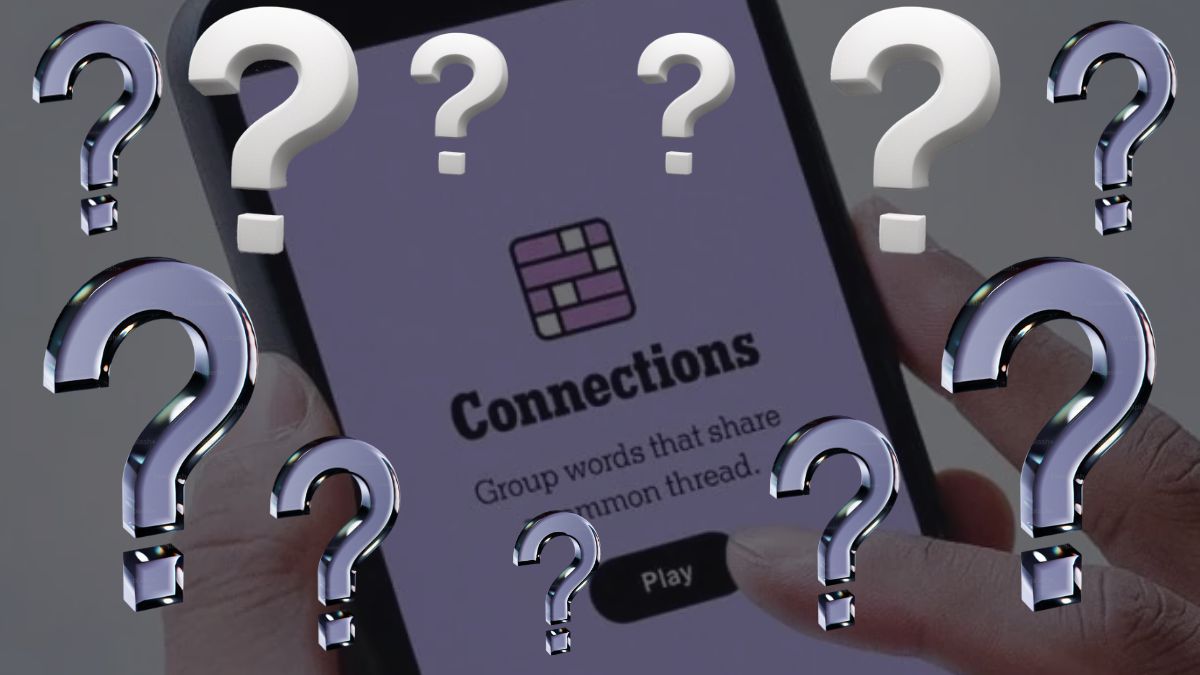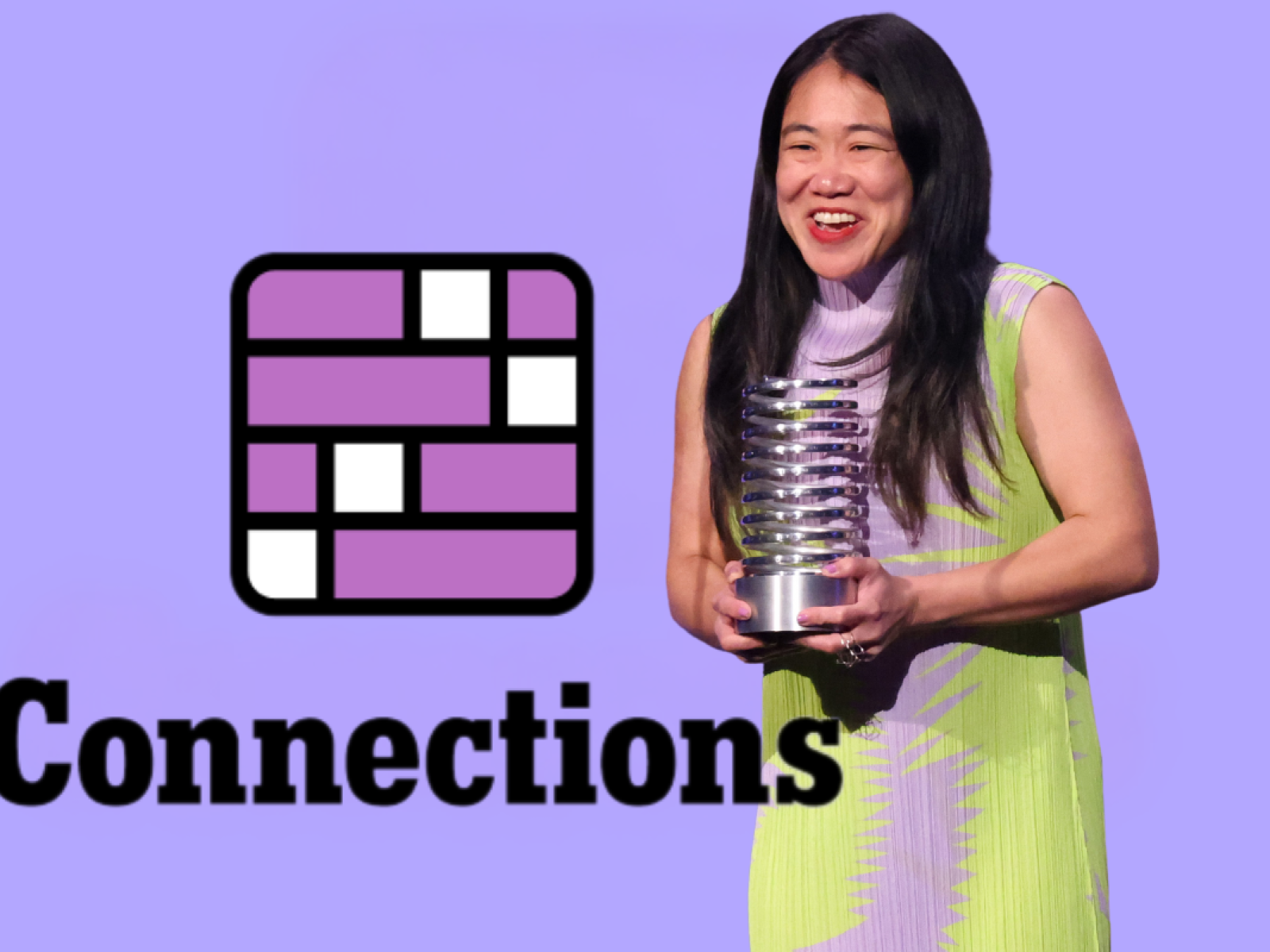Connections puzzles have surged in popularity, offering an engaging way to challenge your brain and think critically about patterns, categories, and relationships. Whether you’re a fan of The New York Times’ daily Connections game, seeking tips from Mashable, or simply looking to sharpen your skills, this guide provides 1,510 words of insights, hints, and strategies to master the art of connections.
What Are Connections Puzzles?
Connections puzzles require players to group a set of words, phrases, or concepts into distinct categories. The challenge lies in identifying relationships between seemingly unrelated items, teasing out the nuances that link them together.
Popularized by platforms like The New York Times and spotlighted by Mashable, these puzzles are loved for their blend of logic, creativity, and discovery.
Why Connections Matter
Beyond the puzzles, connections reflect real-world problem-solving. Identifying relationships, recognizing patterns, and thinking critically are skills that benefit us in areas such as:
- Critical Thinking: Helps sharpen your ability to analyze and evaluate information.
- Communication: Encourages better understanding of language, synonyms, and associations.
- Collaboration: Develops teamwork when solving puzzles with friends or family.
Insights from The New York Times Connections
How It Works
The NYT Connections puzzle presents 16 words or phrases. Your goal is to sort them into four groups of four based on hidden relationships. Categories might include:
- Synonyms or antonyms
- Pop culture references
- Shared characteristics (e.g., colors, animals, or professions)
- Themes like history, sports, or literature
Common Challenges and How to Overcome Them
- Ambiguous Clues
- Words may fit into multiple categories, leading to initial confusion.
- Hint: Focus on exact groupings first, then refine as you uncover more connections.
- Overthinking
- Sometimes the simplest answer is correct. Avoid complicating relationships.
- Hint: Look for straightforward patterns like rhymes, alliterations, or matching word structures.
- Time Pressure
- The daily puzzle often becomes a race against the clock.
- Hint: Practice mindfulness to keep calm and collected while solving.

Mashable’s Tips for Mastering Connections
Mashable, a go-to source for trends and entertainment, often highlights strategies for enjoying and excelling at puzzles like Connections. Here are some of their insights:
- Work Backward
- Start by identifying the most obvious group, then work backward from there.
- Spot Outliers
- Identify words or phrases that clearly don’t belong to a larger pattern. These can act as anchors for trickier categories.
- Leverage Themes
- Pop culture fans can spot entertainment-related groups faster. For example, recognize that “Luke,” “Leia,” and “Yoda” belong to a Star Wars theme.
Techniques for Spotting Connections
- Group by Similarities
- Look for exact matches, such as colors, numbers, or places.
- Example: “Red,” “Blue,” “Yellow,” and “Green” might group as primary colors.
- Explore Wordplay
- Watch for homophones, anagrams, or puns.
- Example: “Bark” (tree or dog sound) might be part of a category with other double-meaning words.
- Context Clues
- Analyze the broader meaning or context of each word.
- Example: If “Taco,” “Pasta,” and “Sushi” appear, they likely fall into the “foods” category.
Daily Hints and Strategies
If you’re tackling today’s Connections puzzle from The New York Times or Mashable’s recommendations, consider these hints:
- Look for Today’s Trends
- Many puzzles incorporate timely themes like holidays, sports events, or trending pop culture.
- Think Broadly Before Narrowing Down
- Identify potential categories, then refine the groupings as you solve.
- Stay Persistent
- Daily puzzles get progressively trickier. Don’t be discouraged by trial and error.
Connections in the Digital Age
The rise of connections puzzles reflects a broader trend toward brain-training games. Digital tools and apps have made these challenges more accessible, fostering a global community of puzzle enthusiasts.
Benefits of Puzzle Apps
- Mental Agility: Keeps your mind sharp and improves memory.
- Community Engagement: Share tips and solutions with fellow players online.
- Stress Relief: Provides a fun and rewarding break from daily stressors.

Resources for Connections Enthusiasts
- The New York Times Connections
- Access their daily puzzle for a mix of logical and creative challenges.
- Mashable’s Puzzle Guides
- Stay updated with their tips, tricks, and feature articles on solving puzzles.
- Puzzle Apps
- Try apps like Crosswords, Wordscapes, or Pattern Recognition Games to practice skills that overlap with connections puzzles.
Developing Your Puzzle-Solving Skills
Whether you’re a beginner or seasoned solver, improving your puzzle skills takes practice and strategy:
- Practice Daily
- Consistency builds pattern recognition and familiarity with common themes.
- Expand Your Knowledge
- Read widely and explore new topics to increase your familiarity with diverse subjects.
- Collaborate with Others
- Solving puzzles with friends or online communities offers fresh perspectives.
Making Connections Beyond the Puzzle
Puzzles like Connections are more than a game—they’re a metaphor for how we approach relationships, learning, and problem-solving in life. Applying these skills in real-world scenarios can:
- Strengthen communication skills.
- Enhance critical thinking.
- Build meaningful relationships by recognizing shared interests and values.
Final Thoughts
Connections puzzles challenge us to think critically and creatively while fostering a sense of accomplishment with every solved group. Whether you’re inspired by The New York Times, Mashable, or simply your love for puzzles, mastering this art is both rewarding and enriching.
